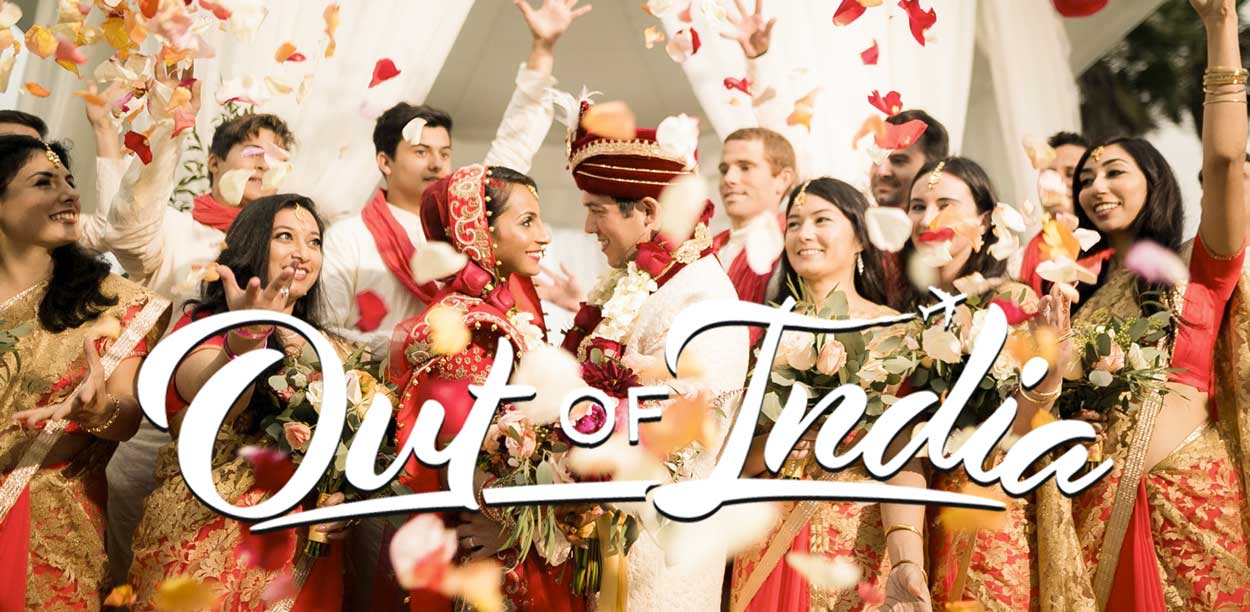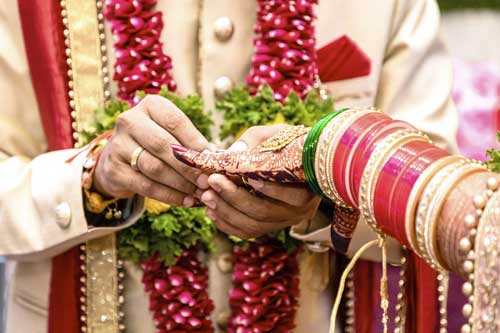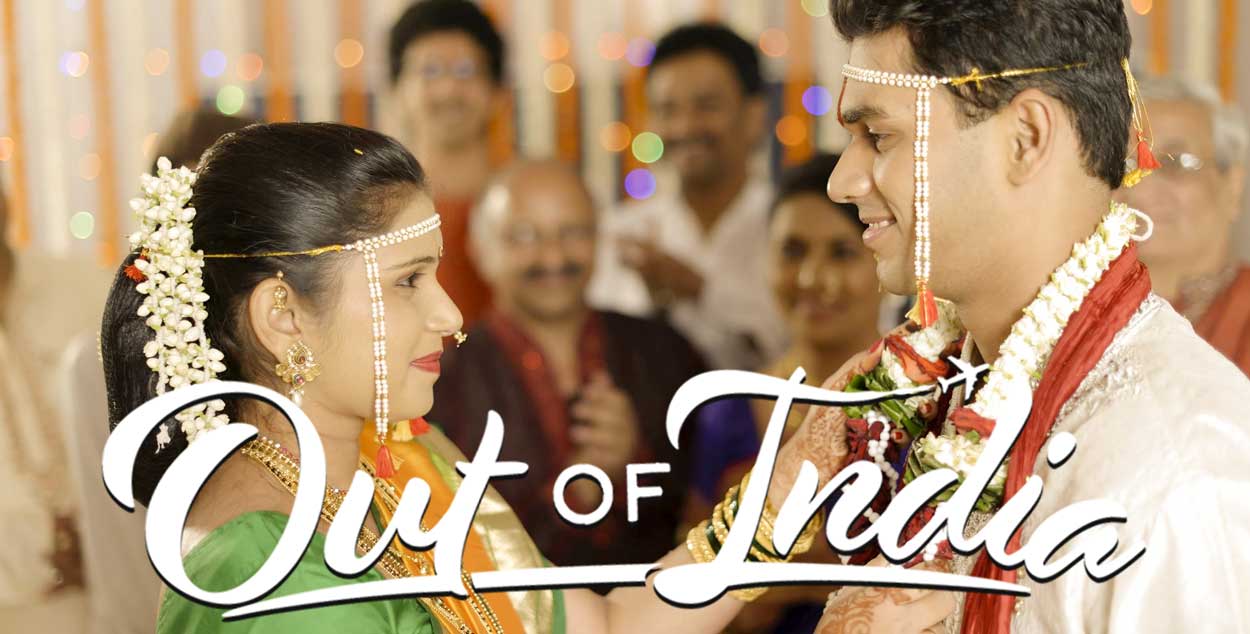We got married in Barcelona, we organize the best Indian weddings.
On the shores of the Mediterranean, Barcelona has the ingredients you are looking for for a dream Indian wedding. Let its ancient history, architecture, people, gardens, idyllic beaches and, above all, its climate and gastronomy, be the setting for your big day.

INDIAN WEDDINGS IN BARCELONA
Barcelona is in fashion, and for Indian weddings too. The number of Indian weddings held in our city has increased a lot. They are weddings of great splendor and color, however, they are much more than that. These are ceremonies full of tradition, a tradition that dates back more than forty centuries.
Indian weddings encompass all those weddings that take place in every corner of the legendary India. India is huge and has nine different religions, which, like their beliefs, practice different traditions that are mostly reflected in weddings.
At Out of India, we are in love with Hindu weddings.

HINDU WEDDINGS IN BARCELONA
A Hindu wedding is made up of several ceremonies and many rituals, symbols and traditions. Of course, depending on the origin of the bride and groom, we can find different nuances and variations.
The different elements that shape the Hindu wedding have their origin in the Vedas, the sacred scriptures of Hinduism, one of the oldest religions of which they are processed.
For Hindus, life is divided into different stages and one of them is marriage, through which not a man and a woman, but two families will come together. The wedding, as such, represents the sacred trust, Sanskara, and is addressed to the Brahman God. Reincarnation and universalism, pillars of Hinduism, will always have a great presence in this ceremony.

A VERY TRADITIONAL HINDU WEDDING
The protagonists
The Mehndi and the Sangeet
Let’s start with the pre-link rituals. The best known that are celebrated before the religious wedding are the Mehndi and the Sangeet. In both cases, the women are the protagonists and could be assimilated to the bachelorette party, although at present they are celebrated among all the guests. During the Mehndi Party, women adorn the hands, forearms and feet of the bride with Mehndi (henna) with designs related to love, happiness and fertility, among others. In addition, they will also include the groom’s initials, which will play a very important role later. As far as the Sangeet, or festival of music, is concerned, the bride’s friends and family gather with her to sing and dance the night away. Although today, the two families are united. They choreograph Bollywood songs months in advance, then put on a surprise show for the couple. This night is usually the most fun, between laughter and good humor, in order to develop a good connection between families.
The indian wedding
The wedding day begins with the Tel Baan and/or Haldi, a ritual where the married women of each family prepare a mixture with turmeric and other spices to put on the couple’s body, accompanied by prayers. Traditionally, both families perform the ritual separately. Later, the groom’s relatives flatter the bride with clothes, jewelry and other details (palla dastoor) that she will wear during the religious wedding. One of the most spectacular moments of the Hindu wedding day is, without a doubt, the Baraat Nikasi. In this ritual, the groom appears mounted on a white horse and preceded by an orchestra, he parades accompanied by his family and friends to the house of his future wife. The ritual ends once the groom has arrived at the house and the bride’s relatives welcome him. The religious ceremony, officiated by the Pandit (the officiant specialized in Sanskrit scriptures), begins with the bride and groom entering the Mandap and includes 3 practically universal rituals: Kanyadaan, Panigraham and Saptapadi or ritual of the 7 promises. For the Kanyadaan the father of the bride delivers his daughter; for the Panigraham the bride and groom join hands near the sacred fire (Agni) that symbolizes the union. Next, the groom presents a sacred necklace, Mangalsutra, to the bride and sprinkles her hair with red powder, Sindoor Dan. These two elements differentiate a married woman from a single woman. Finally, the Saptapadi is the moment in which the groom recites his vows, traditionally in Sanskrit, while the couple performs what is known as the seven steps, circulating/surrounding the Agni, which after the seventh and last lap, they are considered husband and wife. This last ritual is accompanied by the parents who bless the couple with a shower of rice as a sign of prosperity.

